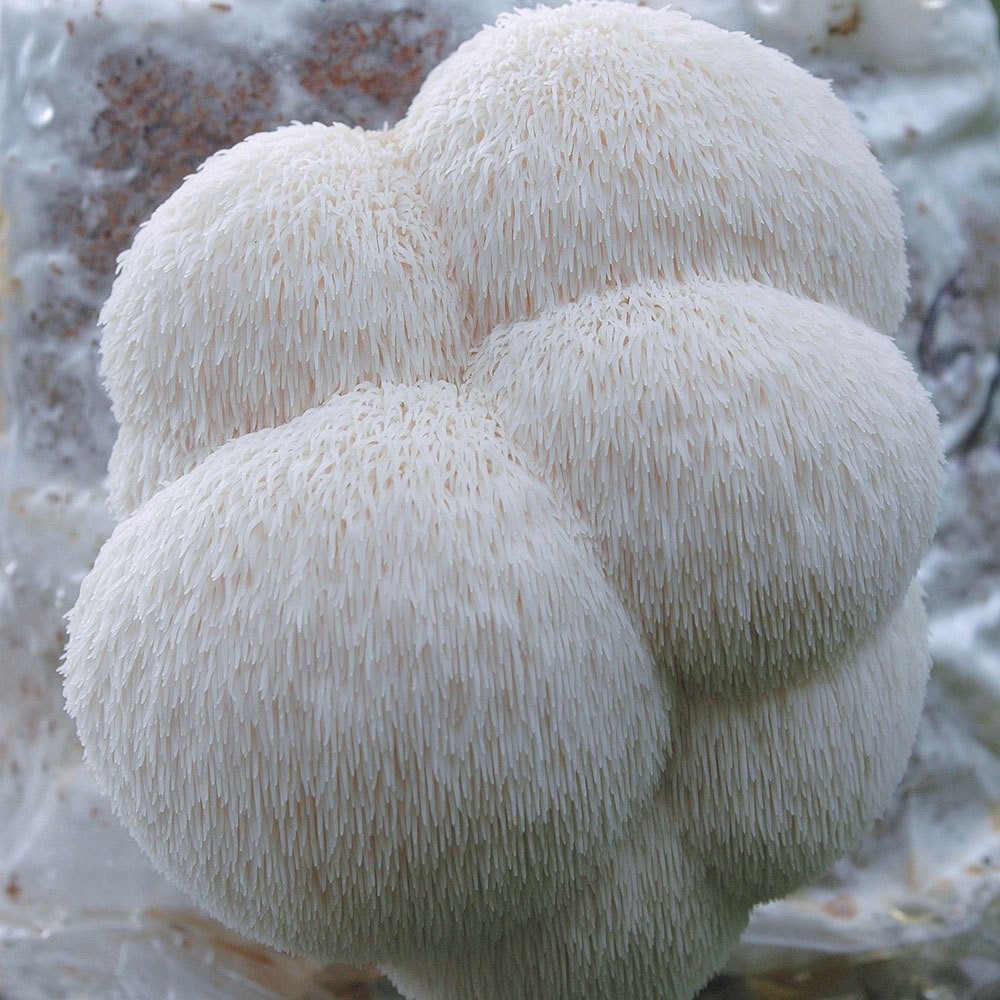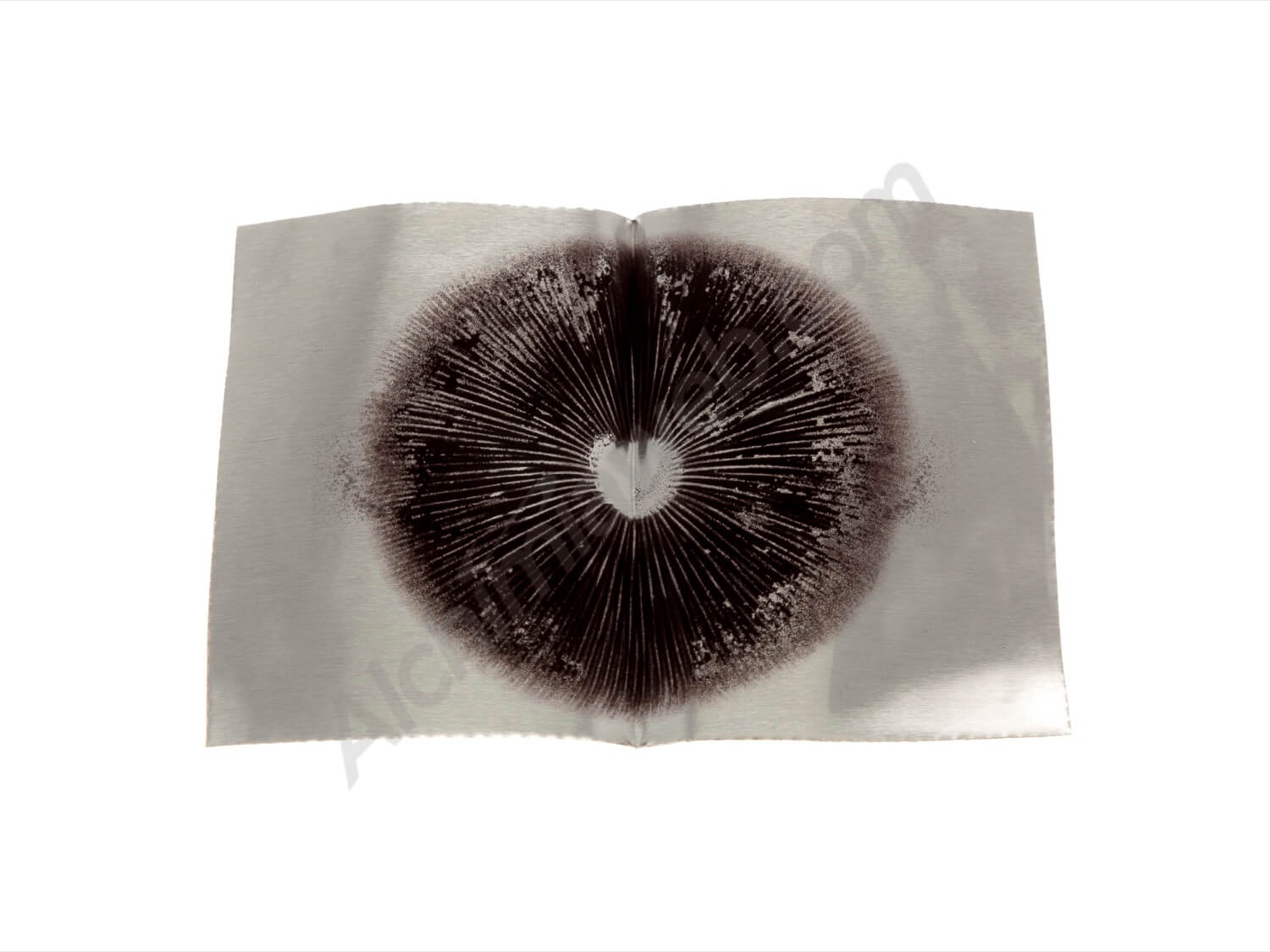

For aggressive strains (like oysters) you can even use it to colonize pasteurized substrates directly.

You may inject the liquid culture into sterilized grain jars/bags, substrate bags, agar petri dishes, or even another jar containing sugar water to create more liquid culture. The liquid culture is sold in a sterile syringe that can be used in many different cultivation techniques. Mushroom growers use liquid cultures because they are highly effective in the mushroom cultivation process. It does not store any personal data.Liquid culture is mycelium that is growing and suspended in a supplemented liquid. The cookie is set by the GDPR Cookie Consent plugin and is used to store whether or not user has consented to the use of cookies. The cookie is used to store the user consent for the cookies in the category "Performance". This cookie is set by GDPR Cookie Consent plugin. The cookie is used to store the user consent for the cookies in the category "Other. The cookies is used to store the user consent for the cookies in the category "Necessary". The cookie is set by GDPR cookie consent to record the user consent for the cookies in the category "Functional". The cookie is used to store the user consent for the cookies in the category "Analytics". These cookies ensure basic functionalities and security features of the website, anonymously. Necessary cookies are absolutely essential for the website to function properly. (I use a box on the top of a mini-fridge, it is perfect).

Inject 1-3cc of spawn into an inoculation hole you’ve made.Shake your spawn syringe and then flame sterilize the needle until it glows red.Wipe the top of the jars with rubbing alcohol again.Remove the foil from all jars then place a 2-inch strip of micro-pore tape on the edge of each jar (long enough to cover your inoculation holes after you inoculate).*Edit* I recently bought a butane torch and it makes flame sterilizing needles very easy, the needle will glow red in 2 seconds without waiting. Place the jars, spawn syringe and BBQ lighter on your work surface.Remove jars from the pressure cooker whilst also wiping each jar down with rubbing alcohol.Don’t forget to wash your wrists and thumbs. Go to the bathroom and wash your hands with soap and water for 20 seconds.Use a small amount of rubbing alcohol to clean the surface of the Foil.I like to then place an A3 sized piece of kitchen foil down on top of the surface. Wipe the surface lightly with a cloth and water.Find a surface in the house which is clutter-free and isn't within range of any air drafts or heavy foot traffic.The pressure cooker I use as a home hobbyist, and any other equipment we recommend for the hobby of mushroom growing can be found in our resources section. There is one item that is an absolute requirement when it comes to growing the majority of mushroom species and that is a pressure cooker.
#Lions mane mushroom spore syringe how to
Inside my small London flat, there was no space for a humidifier so I did several experiments on how to provide the 80-90% humidity required without a full growing space. It is definitely possible to grow your own lions mane mushrooms at home! I discovered the mushroom will tolerate high CO2 environment remarkably well (however, the fruit becomes misshapen), but low humidity seemed to really effect the size of my fruits. The Lion’s mane mushroom is already a pretty easy mushroom to grow, the only issue I’ve run into with Lion’s mane was the need for a high humidity environment during fruiting. I searched everywhere on the internet to find a “how-to” guide on growing Lion’s Mane mushrooms at home but never came across a full step by step method of producing Lions Mane without lab equipment and without using plastic bags (urrrgh!!!). When I first set out to grow mushrooms Lion’s mane was the primary species which I wanted to produce.


 0 kommentar(er)
0 kommentar(er)
